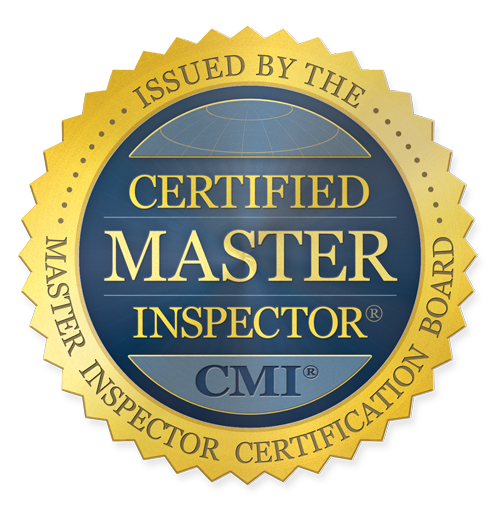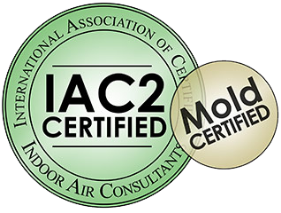Roof Protection: How Much is Enough?
March 2018 ushered spring “in like a lion” with a Volusia County hailstorm. That same year saw a dusting of snow in January. It’s uncommon, but it happens.
Ice, rain, snow, and wind can damage your roof. You probably have wind mitigation features for your home, but your roof takes most of the bad-weather-pounding. There’s no such thing as too much roof wind mitigation.
Types of Wind Mitigation for Florida Roofs
Wind mitigation features are added to homes to lower the risk of damage from high winds. During its construction, wind mitigation features were added to your roof. Central Florida homeowners that increase their wind mitigation protection may qualify for an insurance discount.
If you plan to build new or renovate in 2020 – even if you don’t – you should add wind mitigation upgrades to your roof. Your insurance premiums will be lowered while your property value increases. That’s a financial win-win any way you look at it.
Wind mitigation features for roofs include:
- Gable end bracing – Extra bracing for a gable roof
- Hurricane clips/roof-to-wall attachments – Heavy winds have been known to lift the roofs right off houses. Roof-to-wall attachments provide added wind-resistance. Construction inspectors look for:
- Clips/metal attachments on every rafter/truss nailed to one or both sides
- Double Wraps Both Metal Straps secured to every rafter/truss with a minimum of 3 nails, wrapping over and securing to the opposite side of the rafter/truss
- Single Wraps Metal Straps secured to every rafter/truss with a minimum of 3 nails
- Structural anchor bolts connected or reinforced concrete roof
- Materials – Your roof is likely asphalt/fiberglass shingles, clay/concrete tiles, or some kind of metal (Copper roofs are trendy and the most durable roofing; also the most expensive.). If you are replacing your roof, just having newer materials will increase wind mitigation. Modern shingles can handle 90mph winds. Ask about class 4-rated shingles for UL 2218 impact (hail) resistance.
- Roof deck material – This can only be done for new home construction. Your builder secures the perimeter of the roof using plywood panels and 10-d nails. This adds major wind mitigation.
- Secondary water barrier – A foam adhesive SWR or some kind of self-adhesive membrane is attached to your roof decking.
- Toe Nails – Rafter/truss anchored to the top plate of the wall using nails driven at an angle through the rafter/truss (the weakest type of attachment)
Super Inspection Pros’ knowledgeable professionals are trained for and experienced in commercial and residential inspections:
We serve Volusia County-area Realtors and homeowners. With a 24-hour turnaround time, Super Inspection Pros has become a reputable, reliable inspection company for Central Florida property buyers and sellers. If we can help you save money, we do! Call 386-279-0802 or contact Super Inspection Pros to learn more.

